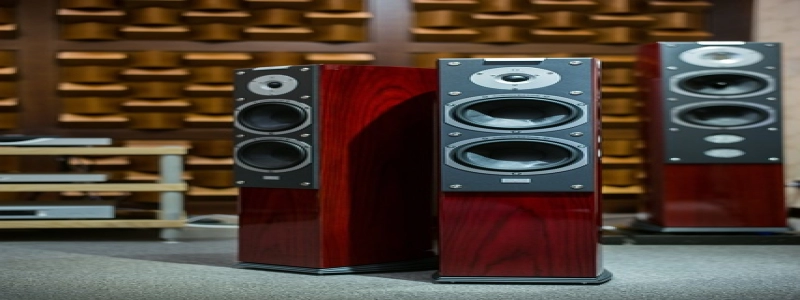SFP to Copper
Introdução:
In modern networking, the use of fiber optic cables is prevalent due to their ability to transmit data at high speeds over long distances. No entanto, there are still many devices and systems that rely on copper connections for data transfer. To bridge the gap between these two technologies, SFP to copper converters have become essential components in many networks. In this article, we will explore the concept of SFP to copper converters, their benefits, and how they function.
EU. What is an SFP to Copper Converter?
A. Definition: An SFP to copper converter, also known as a media converter, is a networking device that enables the conversion of optical signals (SFP) into electrical signals (copper).
B. Purpose: The main purpose of an SFP to copper converter is to facilitate communication between devices that use fiber optic cables and those that use copper cables. It allows seamless connectivity and data transfer between different network types.
C. Features: Common features of SFP to copper converters include small form-factor pluggable (SFP) ports, copper RJ45 ports, LED indicators, and various transmission speeds.
II. Benefits of SFP to Copper Converters
A. Versatility: SFP to copper converters offer versatility by allowing the integration of copper-based devices into fiber optic networks. This flexibility enables the use of existing copper infrastructure while taking advantage of the high-performance capabilities of fiber optic technology.
B. Cost-effectiveness: Instead of replacing all copper-based equipment with fiber optic alternatives, SFP to copper converters provide a cost-effective solution. They eliminate the need for extensive infrastructure changes, reducing overall expenses.
C. Scalability: SFP to copper converters allow for easy scalability of the network. When additional copper-based devices need to be added or removed, SFP to copper converters can be easily installed or uninstalled without disrupting the entire network.
D. Speed and Distance: Although fiber optic cables offer superior speed and longer transmission distances, copper cables are still widely used for shorter distances. SFP to copper converters allow for the extension of fiber optic networks to reach these shorter distances using the existing copper infrastructure.
III. How SFP to Copper Converters Work
A. Optical to Electrical Conversion: SFP to copper converters receive the optical signals from the SFP port and convert them into electrical signals compatible with copper cables. This process involves the use of electronic components such as lasers, photodiodes, and transmitters.
B. Copper Connection: The converted electrical signals are then transmitted through the copper RJ45 port. The RJ45 port provides a standard interface for copper-based devices, enabling seamless communication.
C. Signal Regeneration: In addition to the conversion process, SFP to copper converters also regenerate weak signals to ensure a reliable and stable transmission over copper cables.
Conclusão:
SFP to copper converters play a crucial role in modern networking, allowing for the integration of fiber optic and copper-based devices. Their flexibility, cost-effectiveness, and scalability make them indispensable components in various network setups. By facilitating seamless communication and extending the reach of fiber optic networks, SFP to copper converters are essential for bridging the gap between different network technologies.








